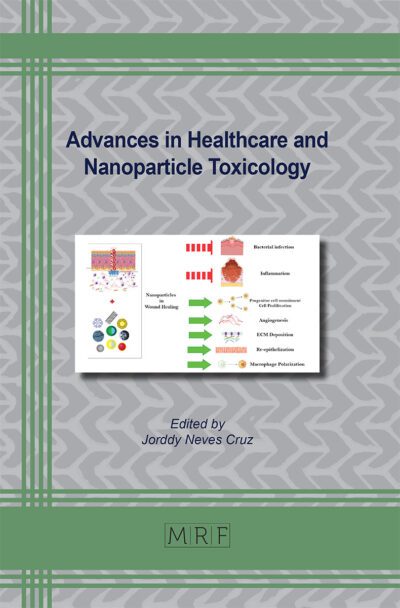24h Creep Test of PE1000 Material at Elevated Temperatures
Bogusz Paweł, Grzeszczuk Wojciech
download PDFAbstract. Plastics, also referred to as polymeric materials, are among basic groups of engineering materials. Creep in plastics, generally, results from the chains straightening, their relative to each other and orientation in the acting force direction. The main factors initiating the occurrence of the rheological phenomena are load and temperature. A wide range of the plastic materials applications includes elements exposed to long-term loads and working at elevated temperatures, which leads to conduct rheological tests. The UHMW (ultra-high molecular weight) type PE1000 polyethylene, in the form of a 4 mm thick plate was tested experimentally. A test program was established using three creep constitutive function variables: temperature, load and time. The maximum duration of the tests was set to 24 hours. Three temperature values, 22°C, 42°C and 90°C, were chosen based on the characteristics of the material. Loading values at creep were selected based on the static tensile tests, which were carried out for each given temperature. The reference point was the material strength of the polyethylene at a given temperature. The samples were stressed with seven multipliers of the ultimate strength, from 0.9 to 0.4, at a given temperature. Creep curves, creep parameters as well as mechanical strength properties of the tested PE1000 material for various stress levels and temperatures were obtained. A temperature increase degrades the strength and creep parameters of the material.
Keywords
Polyethylene, Creep Tests, Mechanical Properties, Experimental Mechanics
Published online 5/25/2019, 10 pages
Copyright © 2019 by the author(s)
Published under license by Materials Research Forum LLC., Millersville PA, USA
Citation: Bogusz Paweł, Grzeszczuk Wojciech, 24h Creep Test of PE1000 Material at Elevated Temperatures, Materials Research Proceedings, Vol. 12, pp 9-18, 2019
DOI: https://doi.org/10.21741/9781644900215-2
The article was published as article 2 of the book Experimental Mechanics of Solids
![]() Content from this work may be used under the terms of the Creative Commons Attribution 3.0 licence. Any further distribution of this work must maintain attribution to the author(s) and the title of the work, journal citation and DOI.
Content from this work may be used under the terms of the Creative Commons Attribution 3.0 licence. Any further distribution of this work must maintain attribution to the author(s) and the title of the work, journal citation and DOI.
References
[1] S. Ochelski, Experimental methods in construction composites mechanics [in Polish], WNT Wydawnictwa Naukowo-Techniczne, Warsaw 2004
[2] M. Kutz, Applied plastics engineering handbook. Processing and materials, Elsevier, Waltham (2011)
[3] Information on: https://www.redwoodplastics.com/wp-content/uploads/2016/02/Redco-UHMW-Performance-Plastics-Feb2016.pdf
[4] Information on: https://www.mtf.stuba.sk/buxus/docs/internetovy_casopis/2010/3/szeteiova.pdf
[5] Information on https://www.plastics.pl/content/pliki/213/katalog_tworzywa_tech17.pdf (2018)
[6] D.V. Rosato, M.G. Rosato, D.V. Rosato, Concise encyclopedia of plastics, Springer-Science+Business Media, LLC, Kluwer Academic Publishers, Boston (2000). https://doi.org/10.1007/978-1-4615-4579-8
[7] M. Ashby, H. Shercliff, D. Cebon, Material engineering vol.1 [in Polish], Galaktyka, Łódź (2010)
[8] A. Jakowluk, Creep and fatigue processes in materials [in Polish], WNT, Warsaw (1993)
[9] L. Hongtao, M.A. Polak, A. Penlidis, A Practical Approach to Modeling Time-Dependent Nonlinear Creep Behavior of Polyethylene for Structural Applications, Polymenr engineering and science (2008), pp.159-167. https://doi.org/10.1002/pen.20942
[10] L. Hongtao, Material Modelling for Structural Analysis of Polyethylene A thesis of Master of Applied Science, University of Waterloo, Waterloo, Ontario, Canada (2007)
[11] PN-EN ISO 527-2:2012 Plastics — Determination of tensile properties — Part 2: Test conditions for moulding and extrusion plastics [in Polish], Polski Komitet Normalizacyjny PKN, Warsaw (2012). https://doi.org/10.3403/30216860
[12] I. Hyla, Plastics – properties – processing – application[in Polish], Wydawnictwo Politechniki Śląskiej, Gliwice (2004)
[13] PN–EN ISO 291:2010 Plastics — Standard atmospheres for conditioning and testing [in Polish], Polski Komitet Normalizacyjny PKN, Warsaw (2010)
[14] Information on https://crownplastics.com (2018)
[15] S.M. Kurtz, The UHMWPE Handbook: Ultra-High Molecular Weight Polyethylene in Total Joint Replacement, Elsevier, Philadelphia (2004)
[16] PN-EN ISO 899-1:2005 Plastics — Determination of creep behaviour —Part 1:Tensile creep [in Polish], Polski Komitet Normalizacyjny PKN, Warsaw (2005)












